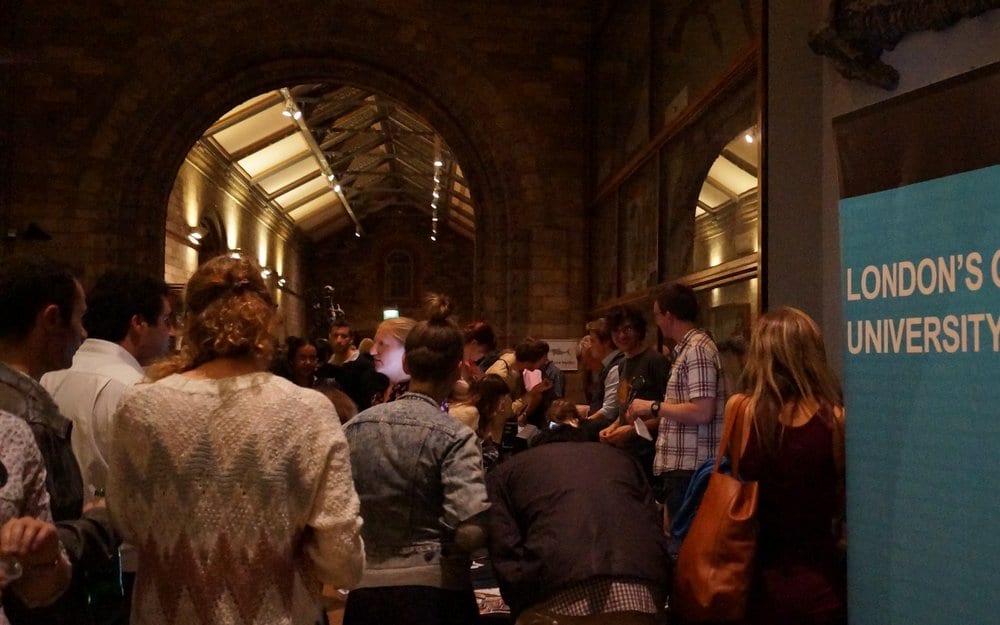A new project in partnership between
University College London, Imperial College London, the University of Sussex, UNEP World Conservation Monitoring Center and Microsoft Research, aims to improve on previous studies and develop a model for understanding how whole biological communities respond to human pressures across the globe. Collating high-quality data from hundreds of peer-reviewed papers, in addition to unpublished data direct from field researchers, the
PREDICTS team hope to investigate local patterns of biodiversity at a global scale, and improve our understanding of how whole ecosystems respond to human pressures such as land-use change.
Biodiversity Declines
 Major global loss of biodiversity is underway, and we have good reason to believe humans are responsible. The current extinction rate of species is estimated to be 1000 times higher than long-term historical averages, although large fluctuations in this in the past were also common. Humans have altered the world enormously, converting forests and savannas into farmland and housing. Virtually all ecosystems have been changed substantially – most biomes have lost between 20 and 50% of land to human uses. Humans have also exploited natural resources for wood, food, medicine and social reasons, and in many cases overexploitation has lead to major species declines and extinctions. Globally, it is estimated that 12% of bird species, 23% of mammals and 32% of amphibians are threatened with extinction, with many of these species suffering population declines and a reduction in genetic diversity, which may exacerbate the effect of human impacts. Even optimistic projections indicate continued human pressure on biodiversity from a range of different sources including hunting and habitat destruction. Many of the pressures currently placed on global biodiversity, such as land-use change, pollution and the introduction of invasive species, are set to continue or intensify over coming decades.
Major global loss of biodiversity is underway, and we have good reason to believe humans are responsible. The current extinction rate of species is estimated to be 1000 times higher than long-term historical averages, although large fluctuations in this in the past were also common. Humans have altered the world enormously, converting forests and savannas into farmland and housing. Virtually all ecosystems have been changed substantially – most biomes have lost between 20 and 50% of land to human uses. Humans have also exploited natural resources for wood, food, medicine and social reasons, and in many cases overexploitation has lead to major species declines and extinctions. Globally, it is estimated that 12% of bird species, 23% of mammals and 32% of amphibians are threatened with extinction, with many of these species suffering population declines and a reduction in genetic diversity, which may exacerbate the effect of human impacts. Even optimistic projections indicate continued human pressure on biodiversity from a range of different sources including hunting and habitat destruction. Many of the pressures currently placed on global biodiversity, such as land-use change, pollution and the introduction of invasive species, are set to continue or intensify over coming decades.
Ecosystem Services
Biodiversity is a valuable asset to humans for many reasons, not least its considerable economic value. Biodiversity contributes to human well-being by providing ecosystem services such as food (crops and livestock), fresh water, timber, natural hazard protection, air quality, climate regulation, prevention of erosion, as well as cultural benefits such as the aesthetic and recreational use of biodiversity. The exact relationship between biodiversity and ecosystem services is still relatively poorly understood, as it represents a complex interaction of many factors, which may vary from habitat to habitat. Many researchers suspect there may be threshold effects, with a sudden collapse of ecosystems, and a consequent loss of the services they provide, once a threshold number of species is lost. Others suggest certain ‘keystone’ species may be more important for ecosystem function. What is clear, however, is that healthy, functioning ecosystems are key to human health and well being. A greater understanding both of how biodiversity contributes to ecosystem function and ecosystem services, and of how biodiversity is likely to respond to continued anthropogenic pressures is sorely needed.
Improving Indicators
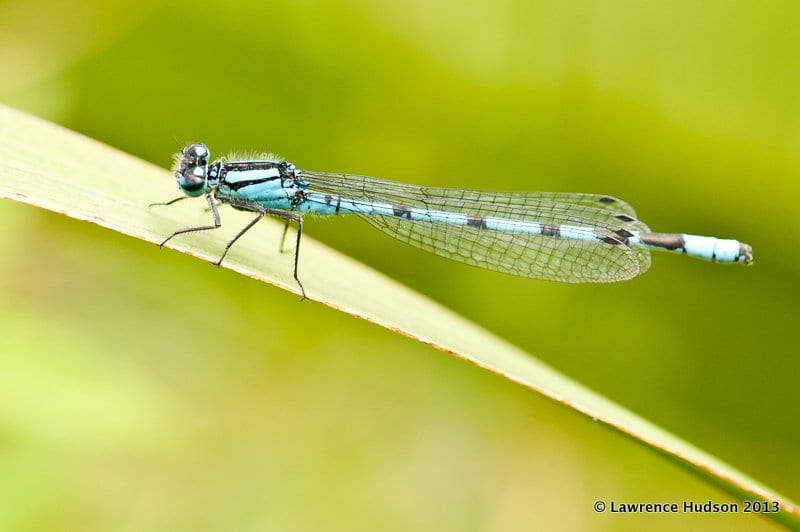 One central issue to studying and increasing our understanding of how ecosystems respond to human pressures is selecting species, populations or ecosystems to act as indicators of overall trends. It is simply not possible to monitor all populations of all species, and conservationists have traditionally relied upon indicator species and ecosystems as a measure of the overall health of biodiversity. In many cases these indicators were initially selected out of convenience meaning that well-studied species, communities and biomes are hugely overrepresented in the data available. However, species’ traits are likely to influence how they respond to human pressures, and a broader geographical and taxonomic view is needed to take the next step in our understanding.
One central issue to studying and increasing our understanding of how ecosystems respond to human pressures is selecting species, populations or ecosystems to act as indicators of overall trends. It is simply not possible to monitor all populations of all species, and conservationists have traditionally relied upon indicator species and ecosystems as a measure of the overall health of biodiversity. In many cases these indicators were initially selected out of convenience meaning that well-studied species, communities and biomes are hugely overrepresented in the data available. However, species’ traits are likely to influence how they respond to human pressures, and a broader geographical and taxonomic view is needed to take the next step in our understanding.
Projecting Responses of Ecological Diversity in Changing Terrestrial Systems
The PREDICTS project aims to address some of these issues by performing a meta-analysis of species responses to different human pressures, covering as broad a taxonomic and geographical data set as is available. The PREDICTS team are collecting data from published papers; however, they also hope to draw on rich datasets held by ecologists which are simply too large to have been published in full. If you are an ecologist and believe you may have data that could be used for this project, please visit the PREDICTS website to find out more. They have already collated over 800,000 biodiversity records covering more than 15,000 species. These data are being combined to form a database that will be used to answer a number of key questions about biodiversity and anthropogenic change. In particular, the PREDICTS project is interested in investigating how different taxonomic groups respond, how responses differ in different biomes and with different intensities of human pressure. They also plan to investigate how different measures of biodiversity (e.g. species richness, evenness, abundance etc) may respond differently in different species, regions and for different human pressures.
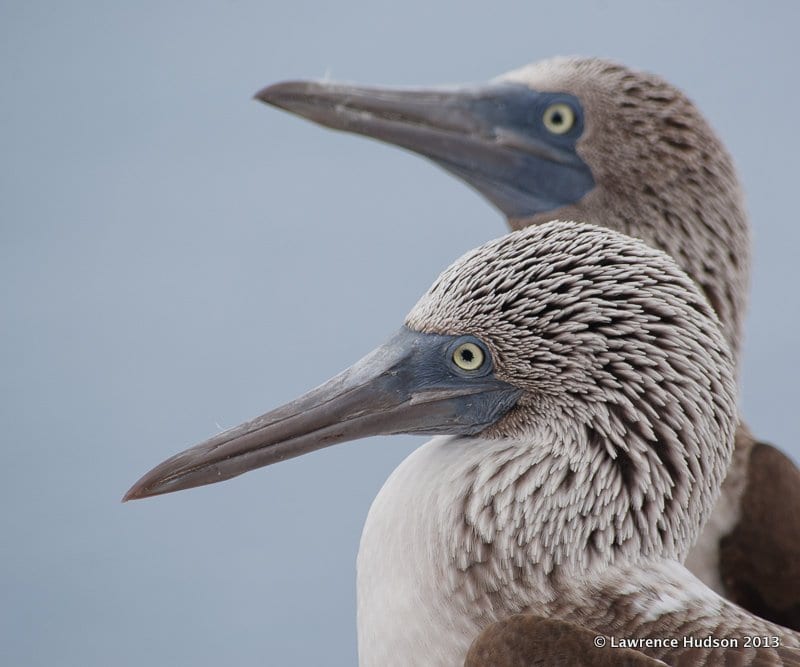 By combining data from many species and sites, across a variety of different intensities of human pressure, PREDICTS hopes to develop a deeper understanding of how different factors interact to determine species responses. From this they hope to make predictions about how biodiversity may respond to different projected future scenarios, and thus provide insights for science policy.
By combining data from many species and sites, across a variety of different intensities of human pressure, PREDICTS hopes to develop a deeper understanding of how different factors interact to determine species responses. From this they hope to make predictions about how biodiversity may respond to different projected future scenarios, and thus provide insights for science policy.
Turning Science into Policy
We are faced with an increasingly difficult global situation, as human populations expand, the climate changes and biodiversity declines. What makes this situation more difficult still is that we need to make decisions now and over the next few years that will impact a generation, but for which we still have insufficient data to know for sure what’s best. Making projections for climate change, human population expansions and changes in the exploitation of biodiversity is difficult. Making projections for how biodiversity will respond to those changes is even more difficult still, but it is a task we must attempt if we are to make informed decisions about the future of our planet. PREDICTS hopes to utilise what data we do have to make synthesise a more in depth and holistic understanding of how ecological communities respond to human impacts, which can be used to make predictions that will help inform science policy makers globally.

Website:
PREDICTS: Projecting Responses of Ecological Diversity in Changing Terrestrial Systems
Images copyright Lawrence Hudson and Tim Newbold, used with permission.
Partner Organisations and Funding
University College London
Imperial College London
University of Sussex
United Nations Environment Programme: World Conservation Monitoring Centre (UNEP-WCMC)
Microsoft Research




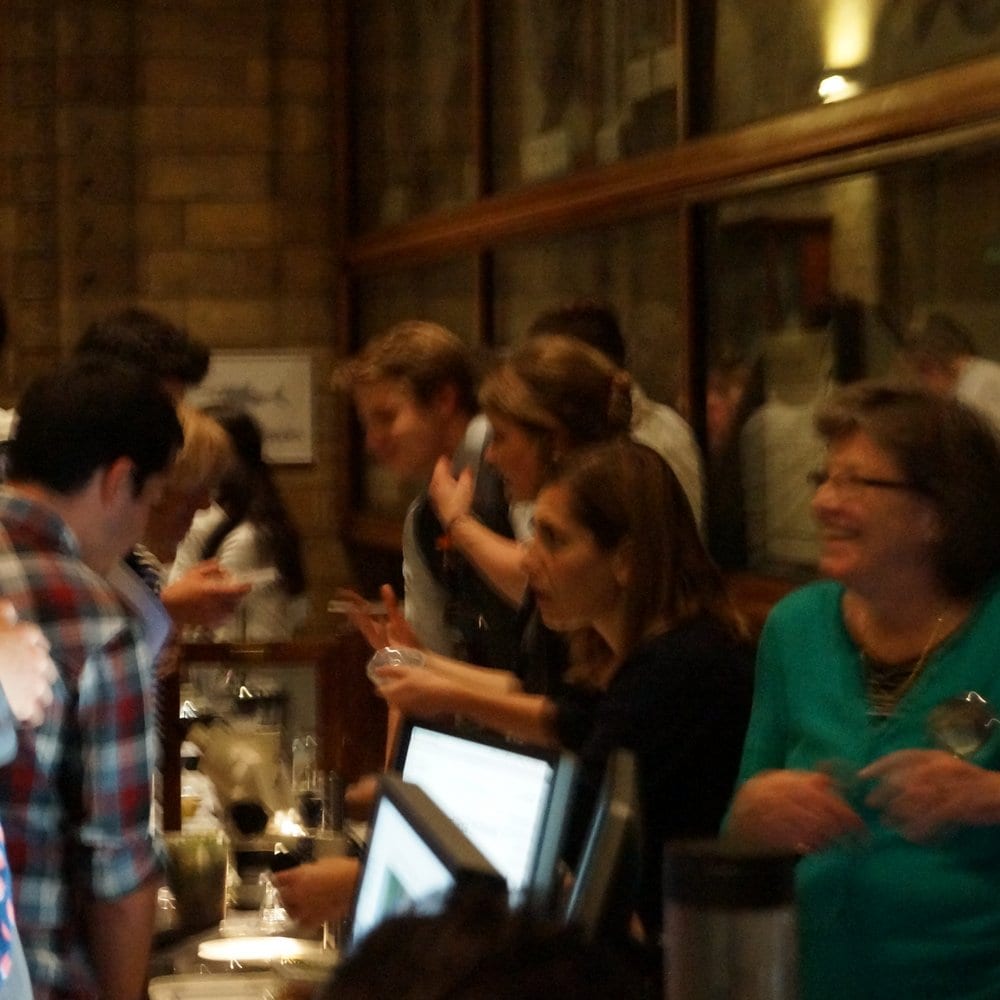
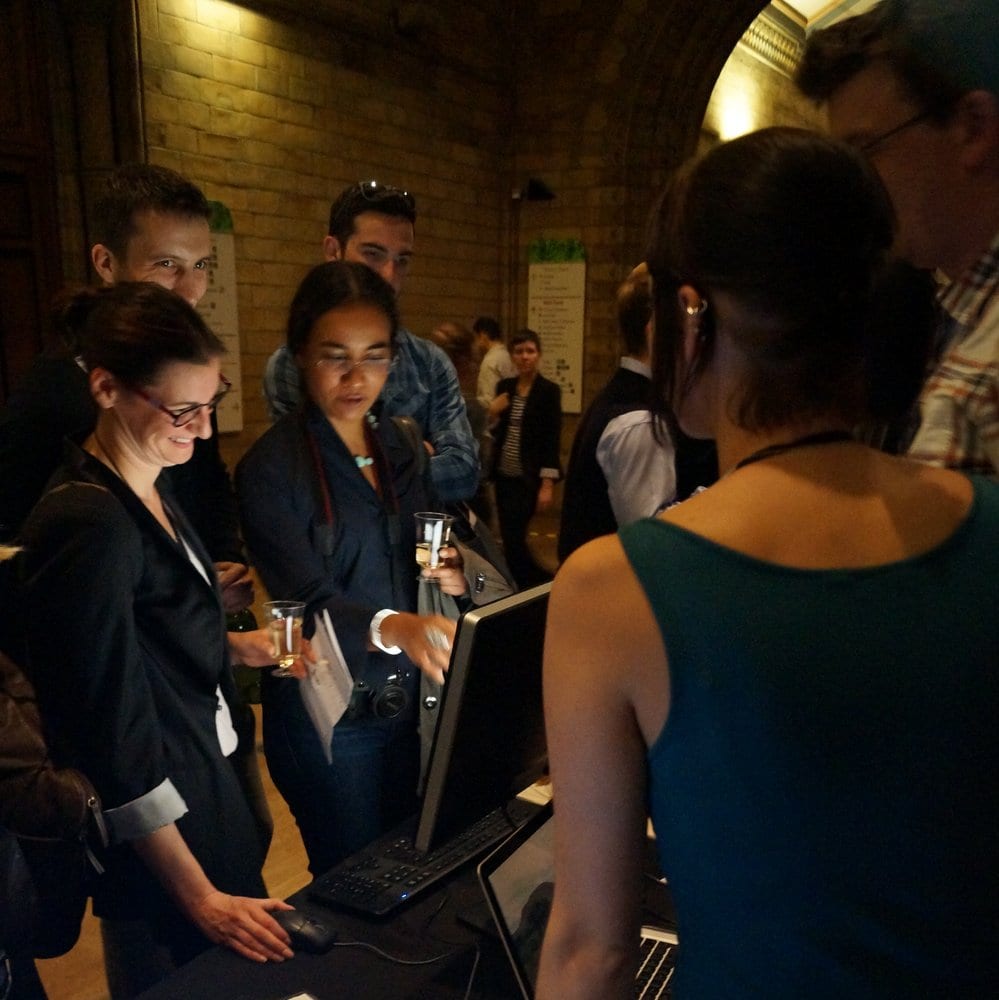
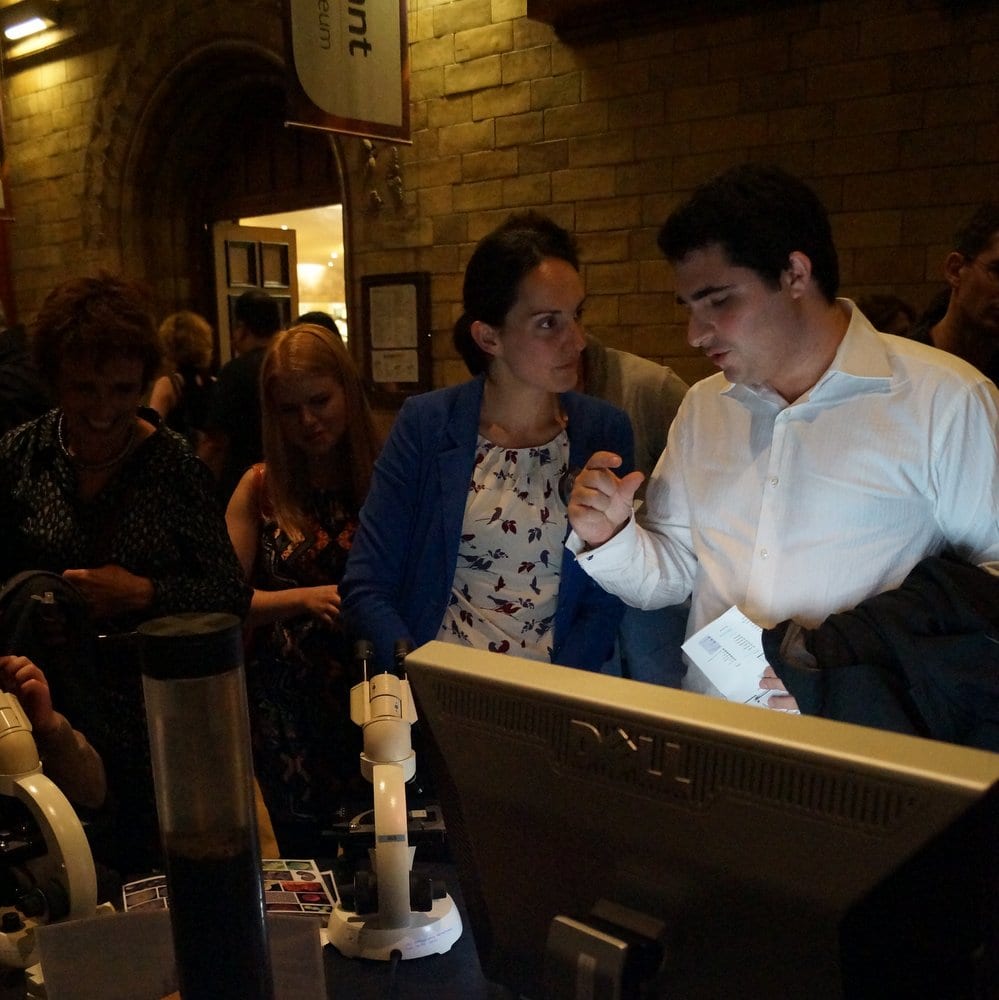
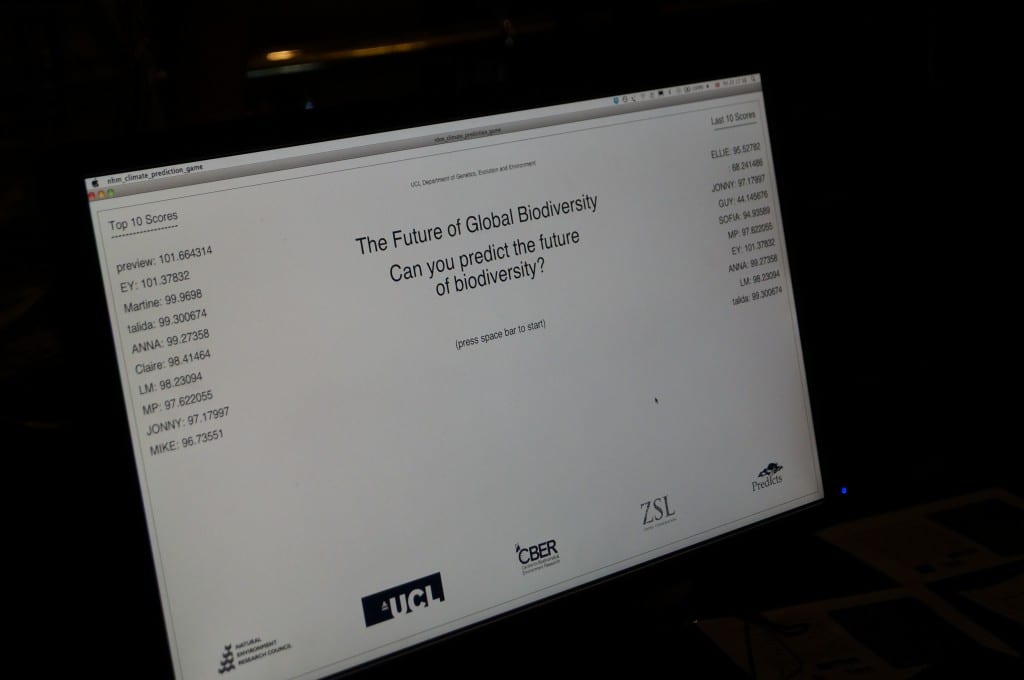 As part of the GEE Environmental Change Stall, in collaboration with the PREDICTS Project, and ZSL, Claire Asher and Robin Freeman developed a game to test the public’s perceptions of present and future environmental change and biodiversity loss. Participants were asked to make a guess about future environmental change under two scenarios – a low-emissions scenario in which land-use decisions are based primarily on the agricultural value of the land, and a high-emissions scenario in which emissions pricing influenced land-use decisions. Predicted levels of global biodiversity were estimated up to 2100 using the PREDICTS model and well recognised scenarios of climatic warming and land-use change. The game proved very popular, with nearly 50 players during the night, competing to achieve the best score.
As part of the GEE Environmental Change Stall, in collaboration with the PREDICTS Project, and ZSL, Claire Asher and Robin Freeman developed a game to test the public’s perceptions of present and future environmental change and biodiversity loss. Participants were asked to make a guess about future environmental change under two scenarios – a low-emissions scenario in which land-use decisions are based primarily on the agricultural value of the land, and a high-emissions scenario in which emissions pricing influenced land-use decisions. Predicted levels of global biodiversity were estimated up to 2100 using the PREDICTS model and well recognised scenarios of climatic warming and land-use change. The game proved very popular, with nearly 50 players during the night, competing to achieve the best score.  The answer was not as simple as many of our players might have expected. Because climate does not act alone to influence species extinctions, land-use and other aspects of each scenario also played a major role. In the high-emissions scenario, emissions pricing (an attempt to minimise further warming) encouraged the preservation of primary forest, mitigating some of the negative effects of climate change on biodiversity. Meanwhile, in the low-emissions scenario, continued loss of primary forest in favour of agricultural land, particularly for the production of biofuels, meant that biodiversity suffered more than we might have thought from climate warming alone. Our decisions about emissions, land-use and conservation policies will have a far-reaching effect on global biodiversity.
The answer was not as simple as many of our players might have expected. Because climate does not act alone to influence species extinctions, land-use and other aspects of each scenario also played a major role. In the high-emissions scenario, emissions pricing (an attempt to minimise further warming) encouraged the preservation of primary forest, mitigating some of the negative effects of climate change on biodiversity. Meanwhile, in the low-emissions scenario, continued loss of primary forest in favour of agricultural land, particularly for the production of biofuels, meant that biodiversity suffered more than we might have thought from climate warming alone. Our decisions about emissions, land-use and conservation policies will have a far-reaching effect on global biodiversity.

 Close
Close


